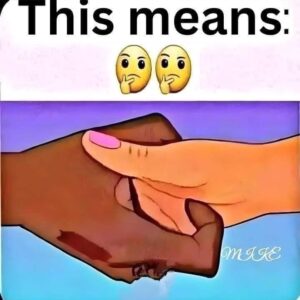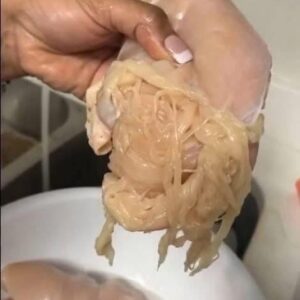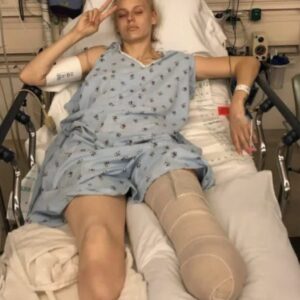A significant and alarming incident unfolded near the White House on the afternoon of November 26th, shaking both the immediate Washington, D.C. community and the broader nation. Two National Guard members were shot and critically injured in what authorities are describing as a sudden and violent attack just blocks away from one of the most secure and symbolically important locations in the United States. The normally bustling area was thrown into chaos as law enforcement rushed to respond, and the White House itself was temporarily placed on lockdown as a precautionary measure while officials worked to assess the extent of the threat.
The shooting occurred near the Farragut West Metro station, a busy intersection frequently crowded with commuters, government workers, and tourists. Witnesses in the area reportedly described scenes of confusion and panic as gunfire broke out. National Guard service members, who were on duty in the vicinity, became the targets of a gunman later identified as 29-year-old Afghan national Rahmanullah Lakanwal. According to early reports, Lakanwal was armed with a handgun and approached the Guardsmen before opening fire at close range.
Two of the National Guard members sustained severe injuries from the shooting and were immediately transported to a nearby hospital, where they were listed in critical condition. Their identities have not yet been officially released by authorities, as efforts were still underway to notify their families and maintain the integrity of the ongoing investigation. Initial confusion in the immediate aftermath of the attack led to incorrect public statements, including one from the governor of West Virginia, who prematurely reported that the two Guardsmen had been killed. However, the FBI later corrected this misinformation, confirming that both victims remained alive.
A third National Guard member played a crucial role in stopping the attacker. After the first shots were fired, this service member engaged the suspect, ultimately subduing him and preventing further harm. During the confrontation, Lakanwal sustained four gunshot wounds, causing him to collapse at the scene. He was taken into custody in a severely injured state before being transported to a hospital under heavy guard. His condition has not yet been disclosed publicly, though authorities have emphasized that he is alive and being treated.
In the hours following the attack, investigators began working rapidly to understand the suspect’s background, potential motives, and whether he acted alone. Early statements from law enforcement have stressed that no motive has been officially established, but authorities are exploring every possible angle. Among the avenues being considered is whether the shooting could have been an act of terrorism—an assessment made in light of both the suspect’s proximity to the White House and the nature of the attack on uniformed service members. Officials have cautioned the public, however, that this possibility is just one line of inquiry at this stage.
The timing of the attack added another layer of complexity. President Donald Trump, who was away from the White House for the Thanksgiving holiday, issued a public response through his Truth Social platform shortly after being briefed on the situation. In his characteristic style, the President condemned the shooter in strong terms, referring to him as an “animal” and vowing that he would “pay a very steep price” for his actions. While his comments reflected his outrage, they also signaled the seriousness with which the administration intends to treat the incident, regardless of the suspect’s condition or eventual legal status.
President Trump’s remarks also included an expression of solidarity with the injured National Guard members and with the broader military and law enforcement community. “God bless our Great National Guard, and all of our Military and Law Enforcement,” he concluded, echoing sentiments he has frequently shared regarding his support for service members and first responders. His statement was intended not only to reassure the public but also to acknowledge the bravery of those who intervened, particularly the Guard member who stopped the attacker and potentially prevented greater loss of life.
Meanwhile, the area surrounding the incident was quickly secured as federal, local, and military law enforcement established a large perimeter. Streets were closed, and the heavy presence of police vehicles, ambulances, and tactical units underscored the gravity of the situation. While the White House lockdown was lifted after officials determined there was no ongoing threat to the compound, the surrounding neighborhood remained partially restricted as investigators combed through the scene for evidence, interviewed witnesses, and reviewed surveillance footage from nearby buildings and transportation hubs.
Community reaction in Washington, D.C., has been a mixture of shock and somber concern. The shooting took place in a central, highly trafficked area where violent incidents of this nature are relatively rare, especially those involving attacks on uniformed personnel. Early witness reports described a surreal moment when everyday activity—people heading home from work, tourists taking photos, commuters rushing for the Metro—was shattered by the sound of gunfire. Several individuals nearby reportedly rushed to assist the wounded Guardsmen until emergency medical crews arrived.
As the investigation moves forward, numerous questions remain unanswered. Authorities have not disclosed whether the suspect had prior criminal history, whether he was known to law enforcement, how he obtained his weapon, or what his intentions were in approaching the Guardsmen. These details will likely be clarified in the coming days as federal agencies, including the FBI and the Department of Homeland Security, continue their coordinated inquiry.
For now, officials emphasize that the immediate threat has passed. The suspect is in custody, the area has been secured, and the injured National Guard members are receiving critical medical care. Yet the impact of the event lingers—not only for the victims and their families but also for the broader community and the nation, which remains on alert in the face of unpredictable acts of violence. The coming days will shed more light on the shooter’s motives and the circumstances that led to this disturbing attack near one of the most recognizable symbols of American government.





